Home>Gardening & Outdoor>Landscaping Ideas>How Does Grass Propagate
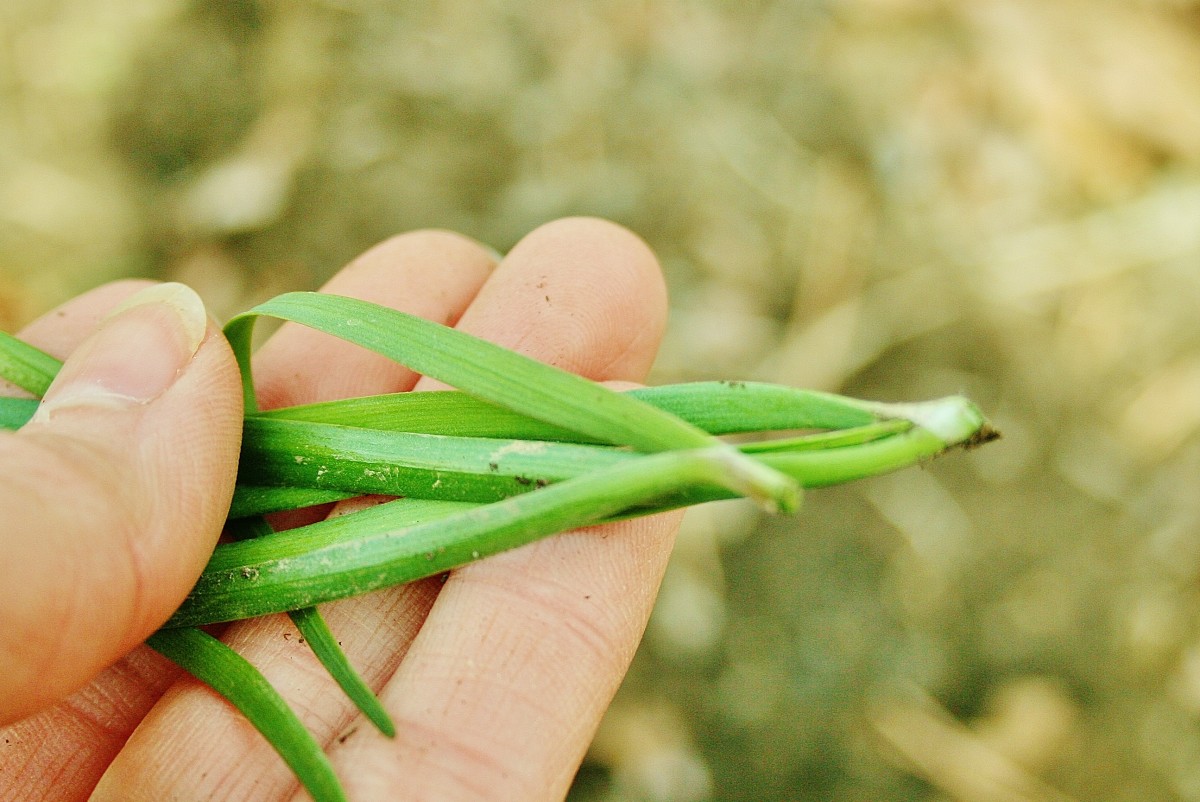

Landscaping Ideas
How Does Grass Propagate
Modified: February 18, 2024
Learn about the various methods of grass propagation and get expert landscaping ideas to enhance your outdoor space. Discover tips for successful grass propagation.
(Many of the links in this article redirect to a specific reviewed product. Your purchase of these products through affiliate links helps to generate commission for Storables.com, at no extra cost. Learn more)
Seed Propagation
Seed propagation is one of the most common and natural methods of growing grass. It involves the use of seeds to establish new grass plants, making it an accessible and cost-effective option for landscaping projects. Understanding the process of seed propagation can help gardeners and landscapers achieve lush, healthy lawns with the desired grass species.
Read more: How To Propagate Mondo Grass
Choosing the Right Seeds
Selecting high-quality grass seeds is crucial for successful propagation. Different grass species have specific requirements and characteristics, so it's essential to choose seeds that are well-suited to the local climate, soil type, and intended use. Whether it's for a residential lawn, sports field, or ornamental garden, the right seeds will contribute to the overall health and appearance of the grass.
Seedbed Preparation
Before sowing the seeds, proper seedbed preparation is essential to create an optimal environment for germination and growth. This involves clearing the area of debris, weeds, and rocks, as well as loosening the soil to promote good seed-to-soil contact. Adequate soil moisture and nutrient levels are also important factors to consider during seedbed preparation.
Sowing the Seeds
When sowing grass seeds, it's important to distribute them evenly across the prepared seedbed. This can be achieved by using a broadcast spreader or a handheld seeder, ensuring that the seeds are spread uniformly to avoid overcrowding or sparse patches. Lightly raking the seeds into the soil can help improve seed-to-soil contact, which is essential for successful germination.
Watering and Maintenance
After sowing the seeds, consistent watering is crucial to keep the seedbed moist without causing waterlogging. Depending on the grass species, environmental conditions, and soil type, a regular watering schedule should be established to support germination and early growth. Additionally, monitoring the seedbed for weeds and taking appropriate measures to control them will contribute to the successful establishment of the grass.
Read more: How To Propagate Guppy Grass
Germination and Establishment
With proper care and favorable conditions, the grass seeds will germinate and begin to establish roots, eventually developing into healthy grass plants. This process may take several weeks, and it's important to continue monitoring the area to ensure that the young grass receives adequate water and nutrients for optimal growth.
Seed propagation offers a rewarding and sustainable approach to establishing new grass plants, allowing for the creation of vibrant and resilient lawns and landscapes. By following best practices for seed selection, seedbed preparation, sowing, and maintenance, individuals can harness the potential of seed propagation to achieve their landscaping goals.
Key Takeaways:
- Seed propagation is a cost-effective way to grow grass, but choosing the right seeds and preparing the seedbed are crucial for success. Consistent watering and maintenance are key for healthy, vibrant lawns.
- Vegetative propagation, using sodding, plugging, or stem cuttings, offers efficient ways to establish and enhance grass cover. It’s great for filling in bare patches and creating resilient, visually appealing landscapes.
Vegetative Propagation
Vegetative propagation is a fascinating method of growing grass that involves using vegetative parts of the plant, such as stems or roots, to establish new grass plants. This technique offers several advantages, including the ability to replicate desirable grass traits and bypass the variability associated with seed propagation. Understanding the process of vegetative propagation can empower gardeners and landscapers to propagate grass effectively and efficiently.
Types of Vegetative Propagation
1. Sodding
Sodding, also known as turfing, is a popular method of vegetative propagation that involves transplanting pre-grown grass sods or mats onto prepared soil. This approach allows for the immediate establishment of a mature grass cover, making it a preferred choice for quickly transforming landscapes. Sodding is particularly beneficial for creating instant lawns, sports fields, and erosion control measures.
2. Plugging
Plugging, or using grass plugs, entails transplanting small sections of established grass, typically with soil and roots intact, into the target area. This method is effective for filling in bare patches, repairing damaged areas, and introducing specific grass varieties to enhance the overall diversity and resilience of the lawn. Plugging is a practical approach for achieving uniform grass coverage and addressing localized issues.
3. Stem Cuttings
Utilizing stem cuttings for vegetative propagation involves taking sections of grass stems, often from the nodes, and planting them in a suitable growing medium to encourage root development. This method allows for the rapid multiplication of grass plants with desirable characteristics, such as disease resistance or aesthetic appeal. Stem cuttings offer a cost-effective and reliable means of expanding grass populations.
Implementation of Vegetative Propagation
Site Preparation
Before implementing vegetative propagation, it's essential to prepare the target site by clearing debris, weeds, and rocks. Ensuring proper soil aeration and moisture levels will create an optimal environment for the successful establishment of vegetative grass parts.
Planting and Establishment
When transplanting sods, plugs, or stem cuttings, attention should be given to spacing and depth to promote healthy growth. Adequate watering and monitoring are crucial during the initial stages to support root development and minimize transplant shock. Implementing a regular maintenance routine will contribute to the long-term success of vegetative propagation.
Vegetative propagation offers a versatile and efficient approach to establishing and enhancing grass cover, enabling individuals to achieve their landscaping objectives with precision and reliability. By leveraging the diverse methods of vegetative propagation and adhering to best practices for site preparation and establishment, gardeners and landscapers can harness the potential of this technique to create vibrant and resilient grass landscapes.
Read more: How To Propagate Mums
Rhizome Propagation
Rhizome propagation is a fascinating and effective method of growing grass that involves utilizing rhizomes, which are underground stems, to establish new grass plants. This technique offers unique advantages, including the ability to rapidly expand grass cover, enhance soil stabilization, and promote vegetative spread. Understanding the process of rhizome propagation can empower gardeners and landscapers to propagate grass with resilience and vigor.
Characteristics of Rhizomes
Rhizomes are specialized plant structures that serve as a means of vegetative reproduction for many grass species. These underground stems have nodes from which roots and shoots can develop, enabling the grass to spread horizontally and colonize new areas. Rhizomes are often found in grass species that thrive in diverse environments, including both temperate and tropical regions.
Propagation Process
The process of rhizome propagation begins with the selection of healthy and vigorous rhizomes from established grass plants. These rhizomes are carefully harvested, ensuring that they possess sufficient energy reserves and viable growth points. Once the rhizomes are obtained, they can be prepared for propagation by cutting them into sections, each containing viable nodes and sufficient energy stores to support new growth.
Site Preparation and Planting
Before planting rhizomes, the target site should be prepared by clearing debris, weeds, and rocks to create a suitable environment for rhizome establishment. Proper soil aeration and moisture levels are essential for facilitating the successful growth of rhizomes. When planting the rhizome sections, it's important to place them at the appropriate depth and spacing to encourage robust root and shoot development. Adequate watering and monitoring are crucial during the initial stages to support the establishment of the rhizomes and promote their integration into the existing grass cover.
Read more: How To Propagate Wisteria From Seed
Maintenance and Expansion
Once the rhizomes are planted, regular maintenance practices, including watering, mowing, and fertilization, are essential to support their growth and development. As the rhizomes establish and spread, they contribute to the expansion of the grass cover, enhancing its density and resilience. Over time, the interconnected network of rhizomes forms a cohesive and durable grass mat, effectively stabilizing the soil and preventing erosion.
Benefits of Rhizome Propagation
Rhizome propagation offers numerous benefits for landscaping and turf management. It enables the rapid establishment of grass cover, making it particularly valuable for restoring damaged areas, controlling erosion, and enhancing the overall aesthetic appeal of landscapes. Additionally, grass species with rhizomatous growth habits often exhibit excellent tolerance to foot traffic, making them ideal for high-traffic areas such as sports fields and recreational spaces.
Harnessing the Potential of Rhizome Propagation
By leveraging the unique characteristics and propagation process of rhizomes, gardeners and landscapers can harness the potential of this method to create resilient and visually appealing grass landscapes. Whether it's for establishing lush lawns, stabilizing slopes, or enhancing the biodiversity of grass ecosystems, rhizome propagation offers a versatile and sustainable approach to achieving landscaping goals.
Rhizome propagation stands as a testament to the remarkable adaptability and resilience of grass species, showcasing their ability to thrive and propagate through diverse environmental conditions. With a deep understanding of rhizome propagation, individuals can embark on a journey to cultivate vibrant and enduring grass landscapes, enriching outdoor spaces with natural beauty and ecological benefits.
Stolon Propagation
Stolon propagation, also known as runners, is a fascinating method of growing grass that involves utilizing stolons, which are horizontal above-ground stems, to establish new grass plants. This technique offers unique advantages, including the ability to rapidly expand grass cover, enhance soil stabilization, and promote vegetative spread. Understanding the process of stolon propagation can empower gardeners and landscapers to propagate grass with resilience and vigor.
Read more: How Does Grass Germinate
Characteristics of Stolons
Stolons are specialized plant structures that serve as a means of vegetative reproduction for many grass species. These horizontal stems have nodes from which roots and shoots can develop, enabling the grass to spread laterally and colonize new areas. Stolons are often found in grass species that thrive in diverse environments, including both temperate and tropical regions. Their adaptive nature allows them to effectively cover bare patches and contribute to the overall density and resilience of the grass cover.
Propagation Process
The process of stolon propagation begins with the selection of healthy and vigorous stolons from established grass plants. These stolons are carefully harvested, ensuring that they possess sufficient energy reserves and viable growth points. Once the stolons are obtained, they can be prepared for propagation by cutting them into sections, each containing viable nodes and sufficient energy stores to support new growth.
Site Preparation and Planting
Before planting stolons, the target site should be prepared by clearing debris, weeds, and rocks to create a suitable environment for stolon establishment. Proper soil aeration and moisture levels are essential for facilitating the successful growth of stolons. When planting the stolon sections, it's important to place them at the appropriate spacing to encourage robust root and shoot development. Adequate watering and monitoring are crucial during the initial stages to support the establishment of the stolons and promote their integration into the existing grass cover.
Read more: How To Propagate Wisteria From Seed
Maintenance and Expansion
Once the stolons are planted, regular maintenance practices, including watering and mowing, are essential to support their growth and development. As the stolons establish and spread, they contribute to the expansion of the grass cover, enhancing its density and resilience. Over time, the interconnected network of stolons forms a cohesive and durable grass mat, effectively stabilizing the soil and preventing erosion.
Read more: How Does Grass Grow
Benefits of Stolon Propagation
Stolon propagation offers numerous benefits for landscaping and turf management. It enables the rapid establishment of grass cover, making it particularly valuable for restoring damaged areas, controlling erosion, and enhancing the overall aesthetic appeal of landscapes. Additionally, grass species with stoloniferous growth habits often exhibit excellent tolerance to foot traffic, making them ideal for high-traffic areas such as sports fields and recreational spaces.
Harnessing the Potential of Stolon Propagation
By leveraging the unique characteristics and propagation process of stolons, gardeners and landscapers can harness the potential of this method to create resilient and visually appealing grass landscapes. Whether it's for establishing lush lawns, stabilizing slopes, or enhancing the biodiversity of grass ecosystems, stolon propagation offers a versatile and sustainable approach to achieving landscaping goals.
Stolon propagation stands as a testament to the remarkable adaptability and resilience of grass species, showcasing their ability to thrive and propagate through diverse environmental conditions. With a deep understanding of stolon propagation, individuals can embark on a journey to cultivate vibrant and enduring grass landscapes, enriching outdoor spaces with natural beauty and ecological benefits.
Frequently Asked Questions about How Does Grass Propagate
Was this page helpful?
At Storables.com, we guarantee accurate and reliable information. Our content, validated by Expert Board Contributors, is crafted following stringent Editorial Policies. We're committed to providing you with well-researched, expert-backed insights for all your informational needs.

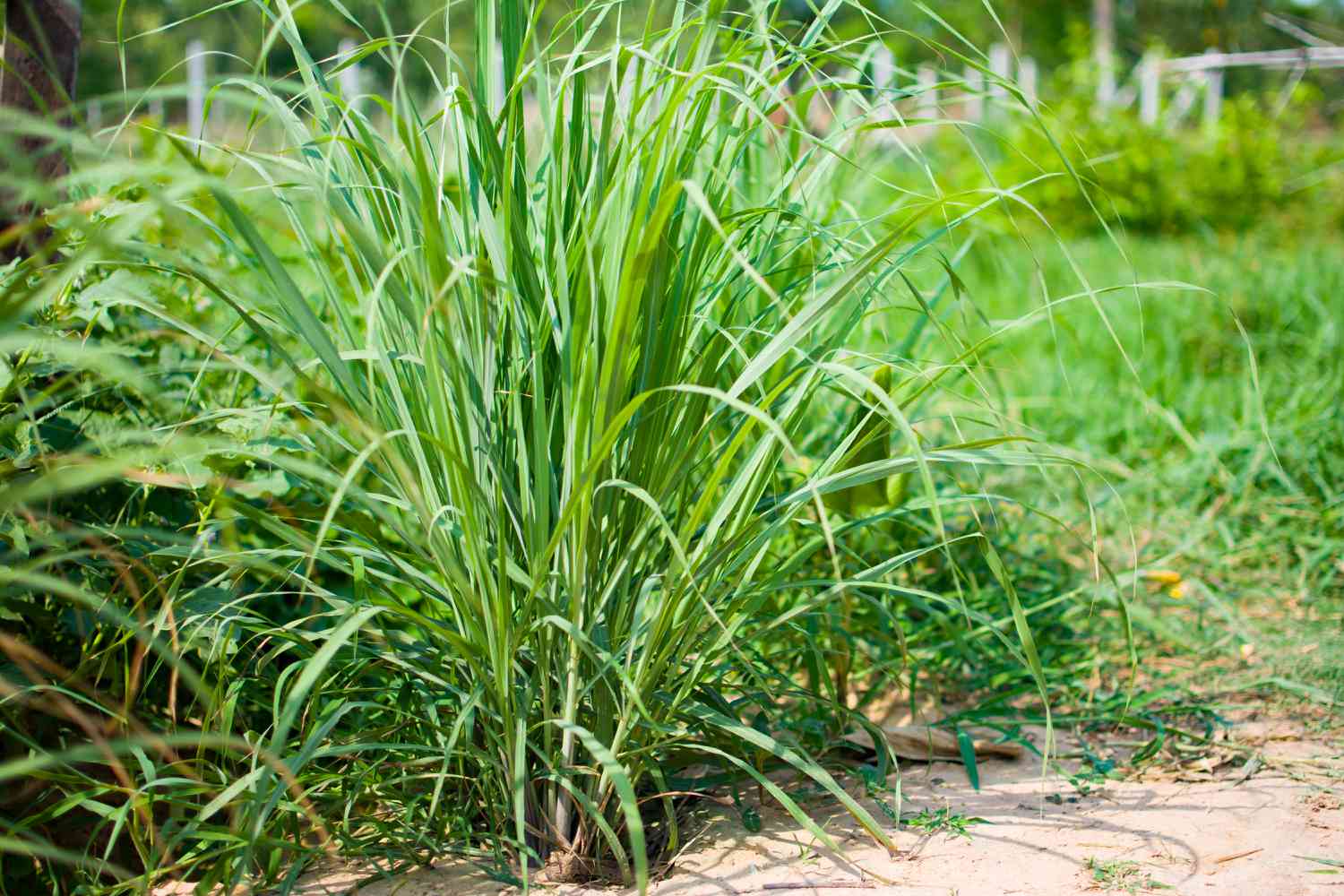
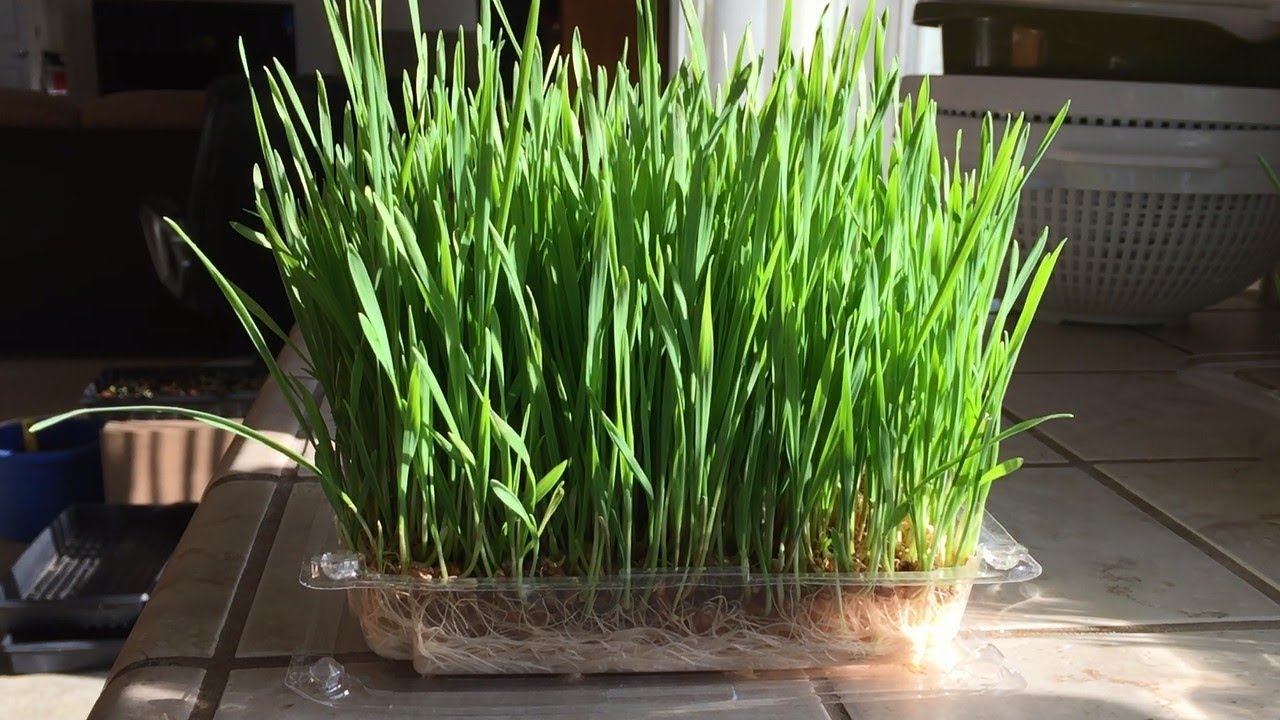
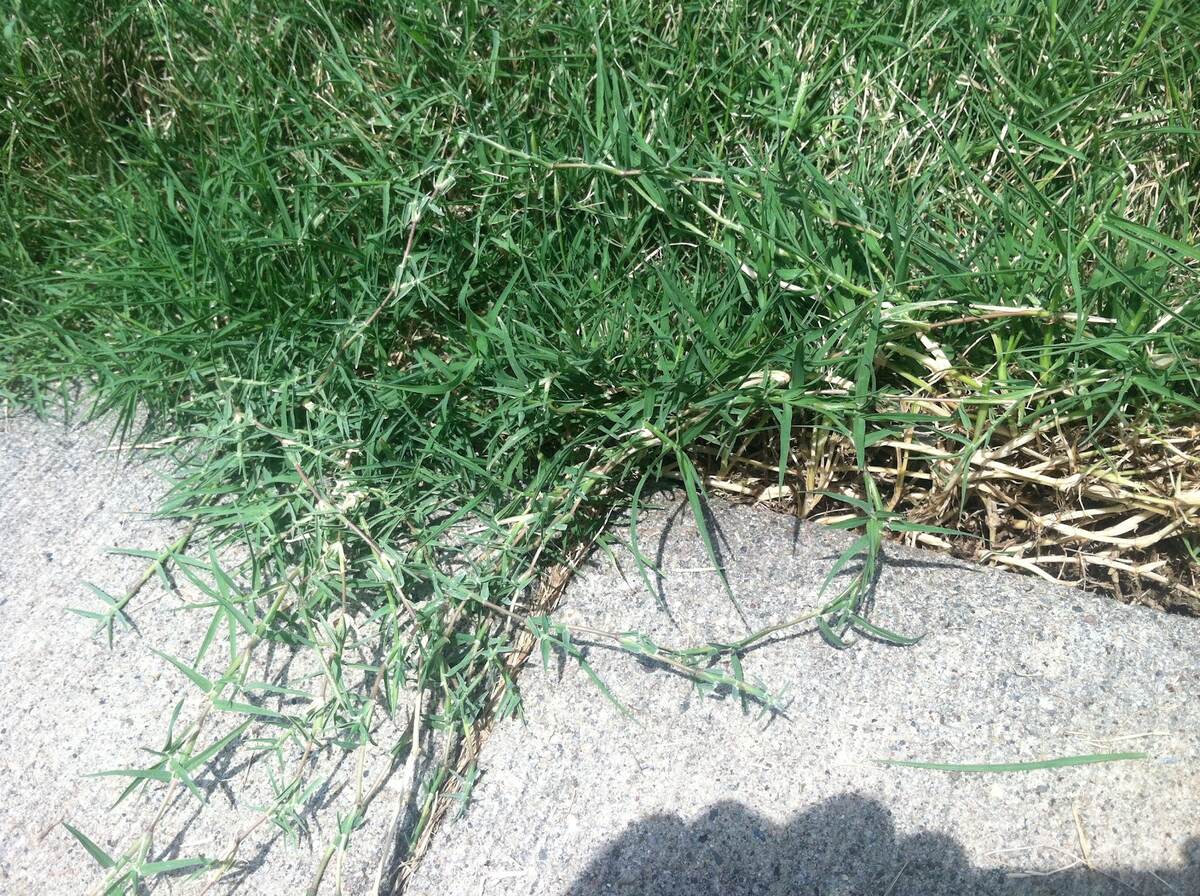
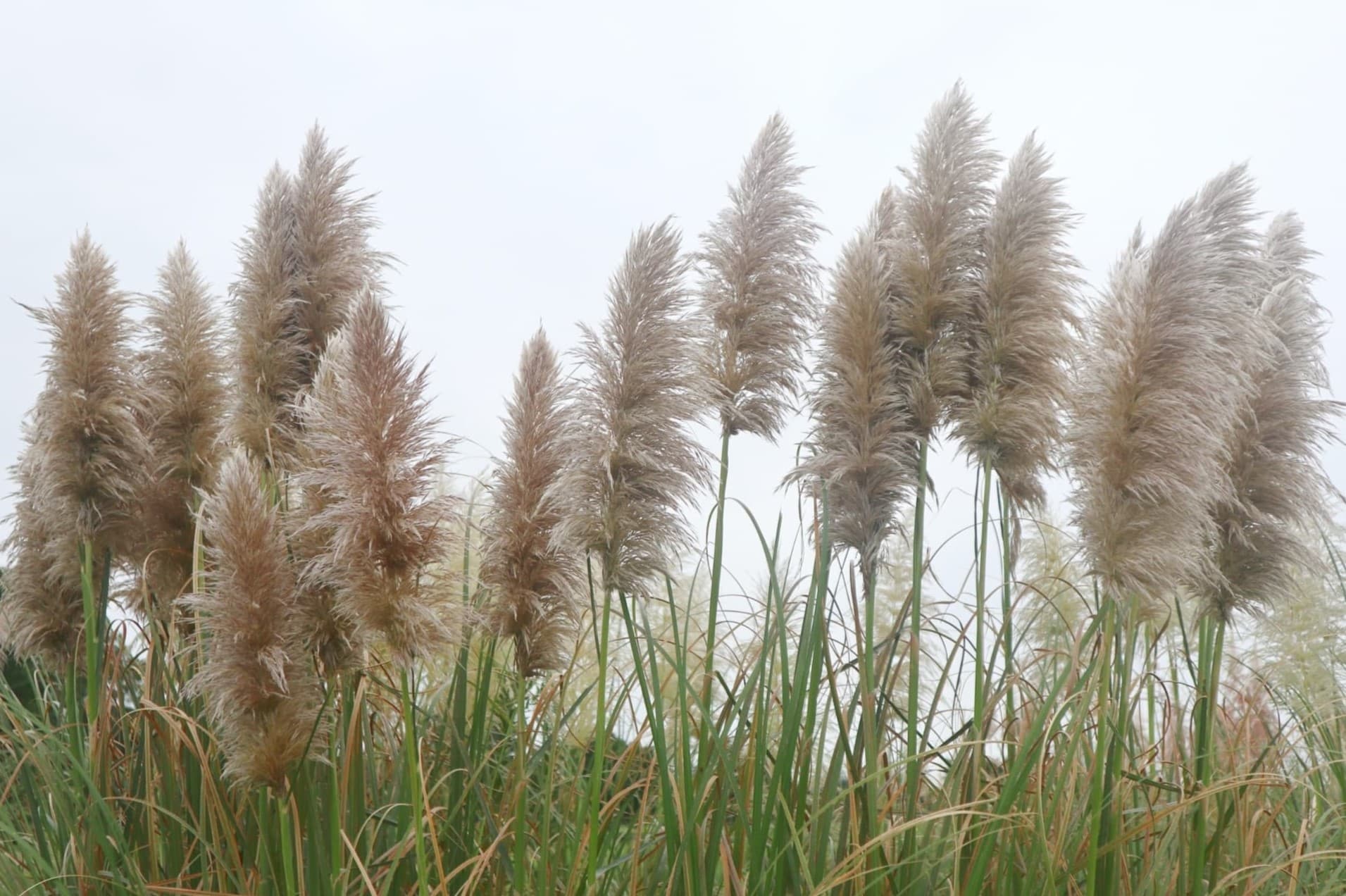
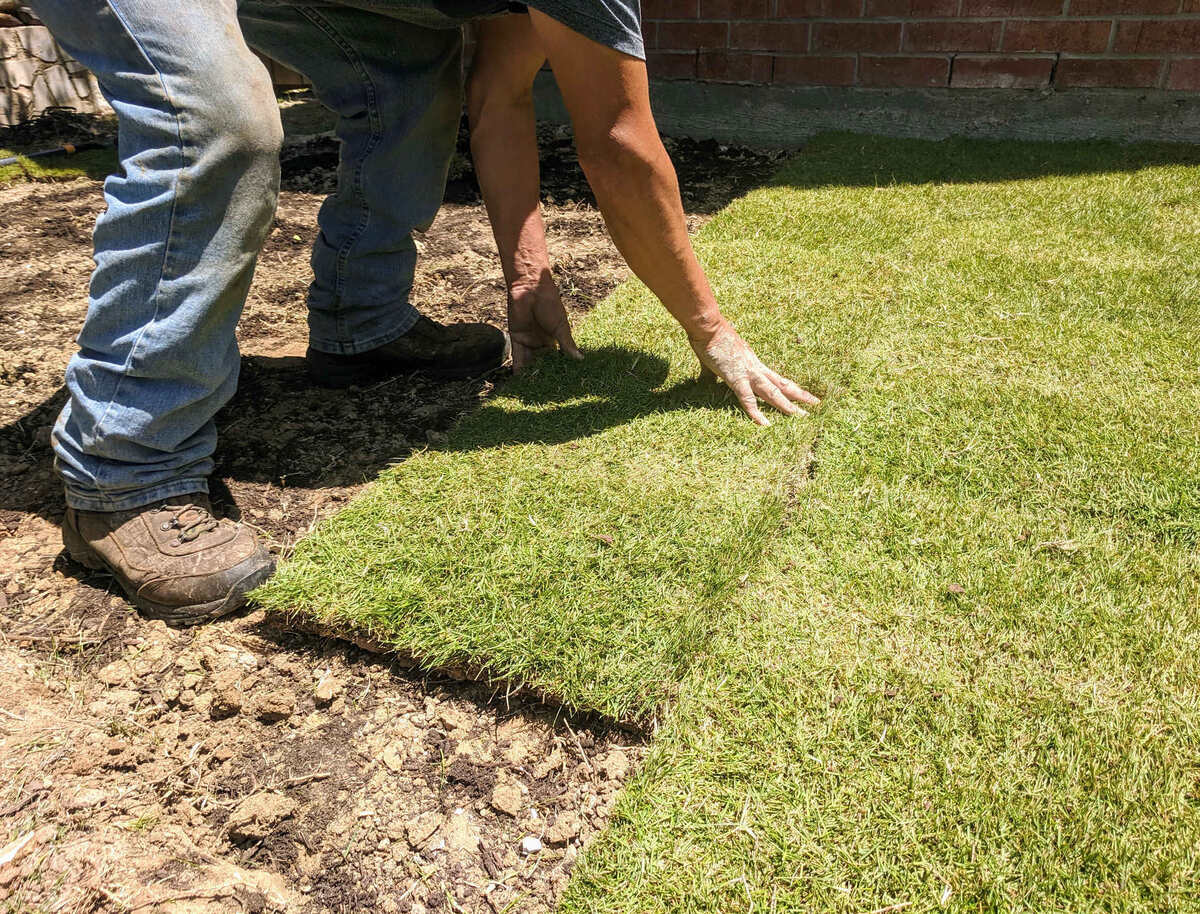
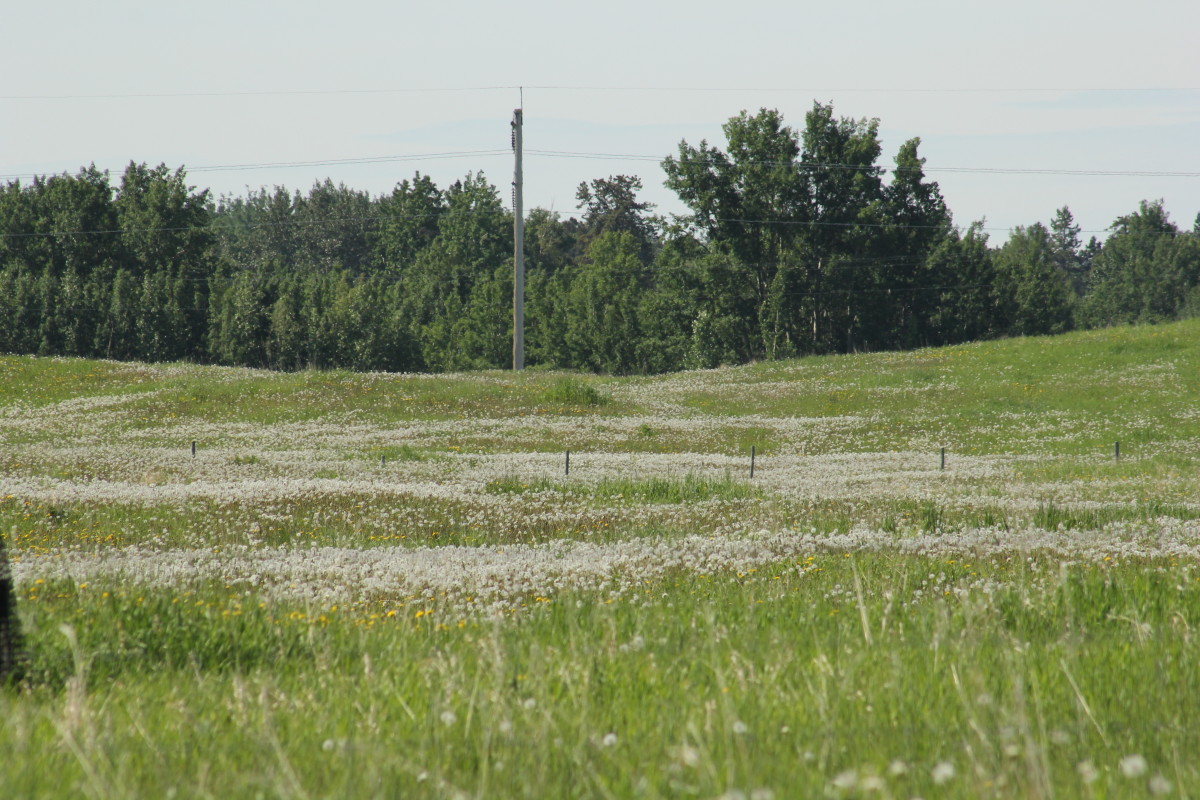
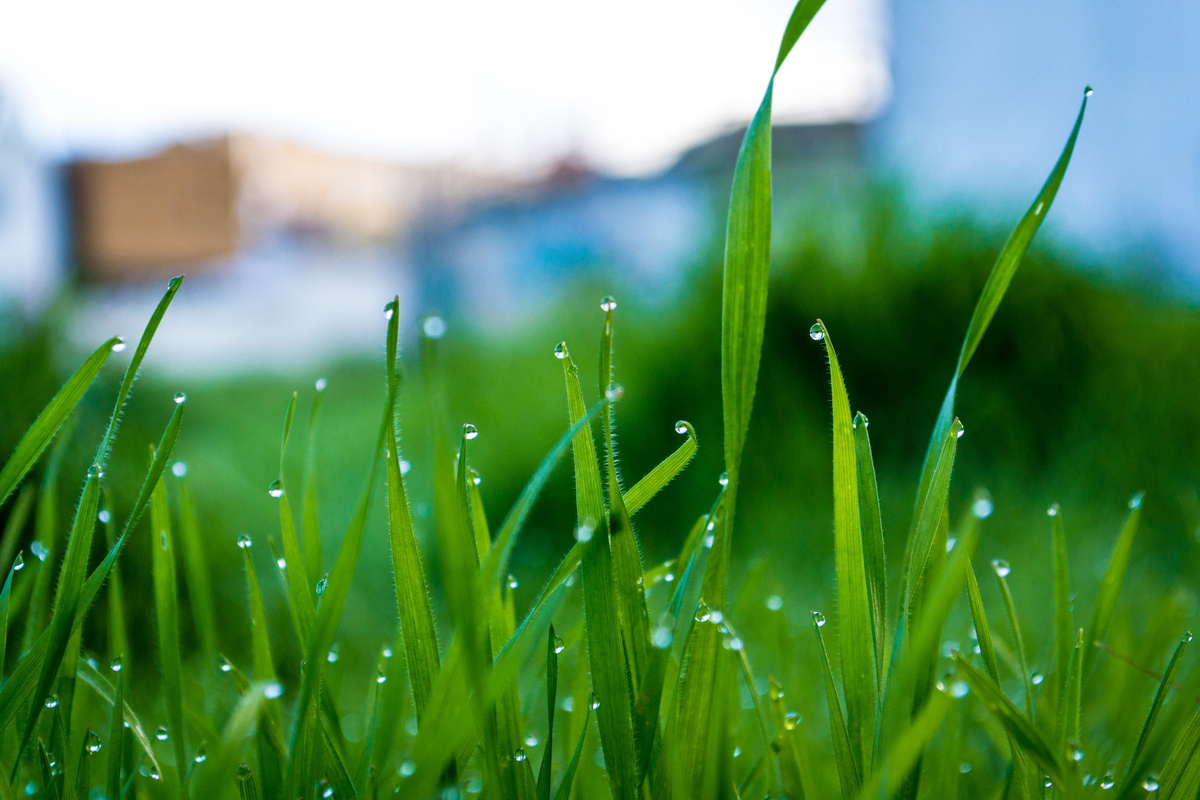

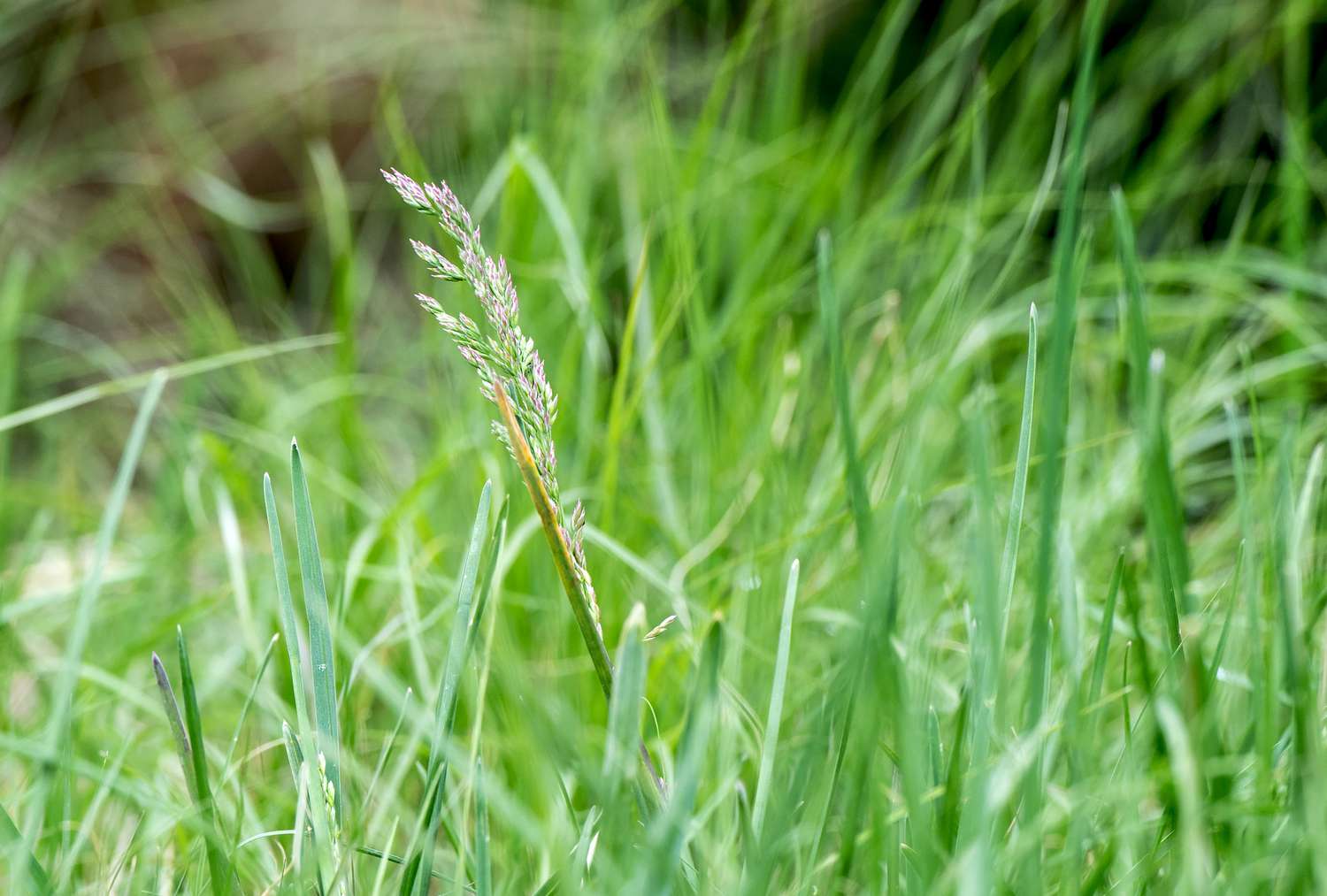

0 thoughts on “How Does Grass Propagate”